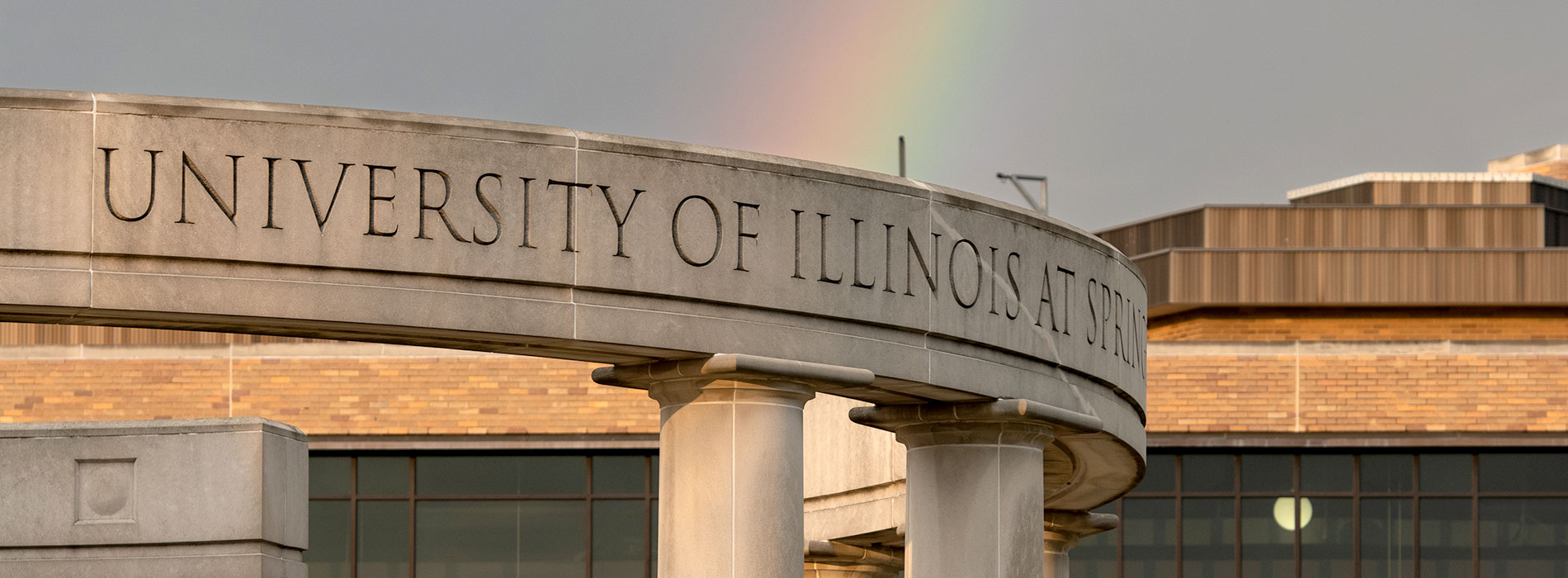What is PBL?
Learning is more complex than memorization of facts. Students must learn to apply what they have learned to real life situations. After all, very few jobs depend on recalling memorized facts. Most jobs depend on application of knowledge or problem solving skills to solve complex problems. Problem based learning attempts to engage students’ curiosity and prepares students to think critically and analytically, and to find and use appropriate learning resources.
In PBL, the content is introduced in the form of a problem to be solved. Students do not receive a lecture in advance. Instead, they receive the problem first and then, themselves, find the information needed to solve the problem. This contrasts with traditional teaching where students hear a lecture and are then tested on the contents of the lecture or application of the lecture contents.
PBL Works Best In Groups
Many people consider PBL to be similar to Collaborative or Cooperative Learning because students work in small groups. The problems are complex and require many different ideas and approaches and a lot of information to solve them, making them ideal for group projects.
Usually, students are divided into groups of from five to seven students. In the online environment, students are assigned their own private asynchronous conference for discussions. Groups of students may also use synchronous chat if all students in the group can meet virtually at the same time.
How Does It Work?
At Queen’s University in Kingston, Ontario, Canada, a PBL exercise works like this. The group is assigned a problem to read. The problems contain information, some of which is important, and some is not. Students brainstorm about the problem and form a hypothesis about the cause of the problem. They examine the problem for facts that support their hypothesis. They also determine what additional information they need to solve it. Then students in the group decide how to find that information. Some information is central to the problem and everyone is responsible for looking it up. Other information may be important and individual students take the responsibililty for researching those issues. Students adjourn and spend time, maybe several days, researching the topics that may prove valuable to solving the problem. At a time that they determine in advance, students return to the group conference. Each student contributes to the discussion what they have learned. This process leads to a group report that presents the best group solution to the problems. At the end of the process, the group may assess how well they performed, and how they can improve for the next problem assignment.
Advantages of PBL
- Students learn to appreciate how interrelated most problems are and that many kinds of information are often used to solve real life problems.
- Students learn to think critically and solve complex problems.
- Students learn to become self directed learners.
- Students learn to work cooperatively as part of a small group. Group issues include responsibility, dependability, concern for others, and evaluation of personal abilities, those of others, and evaluation of the group process.
Disadvantages of PBL
Instructors: Some instructors feel that so much time is spent solving problems that the actual amount of material covered is less than in more traditional teaching. Although some problems can be found on the Internet, gathering enough information to create real life problems can take the instructor a considerable amount of time. Most textbooks do not contain assembled problems or even enough information about a topic to construct a problem.
Students: Students have spent their previous years being “taught”. Many resent having to look up information on their own. They may also feel uncomfortable working in groups and depending upon other students for their grade in the course. Some student groups can be dysfunctional.
Assessment: Since learning is a group process that involves solving a problem, the traditional methods for assessing learning are not suitable. Some assessment methods are given below.
How to Assess Learning?
- Essays that allow students to discuss important issues about which they gathered information to solve the problem can be an effective way to assess learning.
- Drawing diagrams that show how information is related can provide the instructor a method to determine whether or not students understand the how the information was used to solve the problem.
- Peer assessment allows group members to assign a grade to other group members participation in the problem solving process.
- Allow self assessment to represent a portion of the student’s grade.
